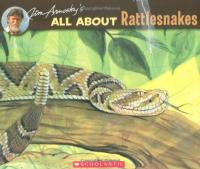Key Information
Focus
Appropriate Group Size
Why conduct writing conferences?
- They involve a non-threatening audience of peers
- Peers or teacher can provide immediate feedback or can immediately ask for clarifications
- They can promote positive attitudes about writing and increased motivation to revise
- Students experience a wide range of writing abilities and topics
Watch: Kindergarten writing conference
Provide students with opportunities to develop their writing fluency and expression using writer’s workshop strategies. (From the Balanced Literacy Diet: Putting Research into Practice in the Classroom)
Collect resources
There are many, many ways to conduct writing conferences. Teachers will have the most success if they model conference behaviors with the whole class. Class discussions can focus on what sorts of comments and actions are useful and constructive, and what sorts of behaviors are less helpful to the author sharing his or her work.
Some teachers decide to create very focused conferences, for example encouraging kids to only react to a piece of writing. Other conferences focus only on editing a piece of writing. It may be difficult for young kids to parse apart the differences. Many conferences with young kids involve both reaction and editing.
Donald Graves (1982) identified six characteristics of successful writing conferences. Conferences should: (1) have a predictable structure; (2) focus on a few points; (3) demonstrate solutions to students’ problems; (4) permit role reversals; (5) encourage use of a vocabulary appropriate for writing; and (6) stimulate pleasure in writing. Most teachers use some variant of these characteristics in their classroom.
Reading and Writing Conferences: A Blended Approach
Here’s a resource on Reading and Writing Conferences: A Blended Approach that includes a short video on conferences as well as the organization, assessment, and communication with parents about writing. See example ›
Beginning Procedures for Writing Conferences
Wondering how to get started with writing, and writing conferences? Two Writing Teachers offer a short video on Beginning Procedures that you may find useful. See example ›
Building a Community of Writers
This online workshop on Building a Community of Writers guides users through nurturing a classroom of writers, how to establish shared values of good writing, and encourages teachers to become a member of the writing community by sharing their own. See example ›
Differentiated instruction
For second language learners, students of varying reading skill, and younger learners
- Writing instruction with new language learners should be done carefully, slowly and with deep consideration of the student’s abilities. Fitzgerald and Amendum, in their chapter from the Graham book below, suggest three writing activities that are particularly beneficial for multilingual learners — Daily News, dialogue journals, and writing persuasive essays using a mnemonic device.
- Understanding the “Silent Period” with English Language Learners describes ways teachers can communicate verbally and nonverbally with students
See the research that supports this strategy
Anderson, C. (2000). How’s it going?: A practical guide to conferring with student writers. Portsmouth, NH: Heinemann.
Graham, S., MacArthur, C. A., & Fitzgerald, J. (Eds.). (2007). Best practices in writing instruction. NY: Guilford Press.
Graves, D. (1982). Six guideposts to a successful writing conference. Learning, 11(4), 76-77.
Children’s books to use with this strategy
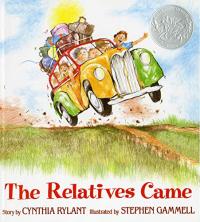
The Relatives Came
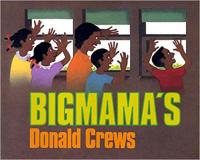
Bigmama’s
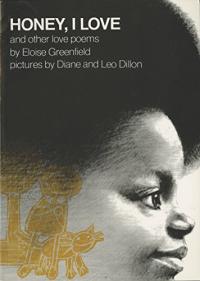
Honey I Love and Other Poems
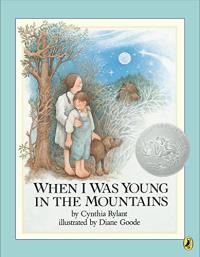
When I Was Young in the Mountains
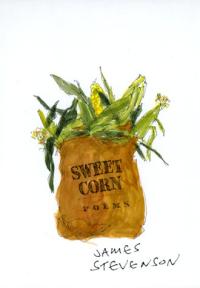
Sweet Corn
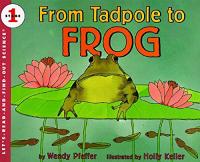
From Tadpole to Frog
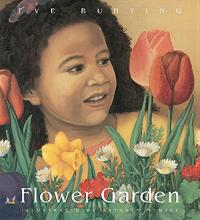
Flower Garden
